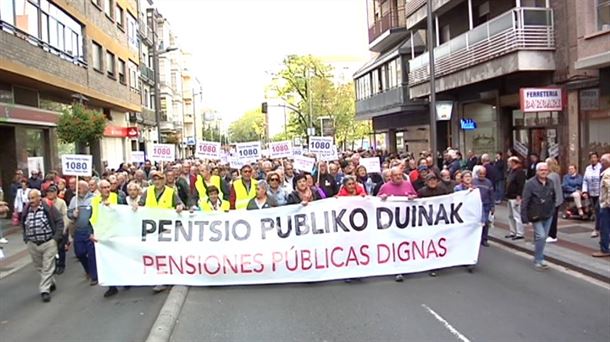The lack of food, light and heating condemns millions of people to exodus, famine and serious health crises
Darkness, cold and… hunger. Wars don’t just kill with shots, cannon shots, or bombings. They also do it with other weapons. The same thing happens in all wars, regardless of the century in which they take place, and the most important victims are always the weakest: civilians. And among them especially the elderly and children.
The confrontation in Ukraine does not escape a dynamic that is reinforced by the arrival of winter and low temperatures. Old World War II general Winter is still in command. There are always many who are forced to leave their homes and take refuge in filthy cellars, in caves… where comfort is incompatible with the secrecy required to hide from the enemy. It also happened during the Russian invasion.
In Ukraine, even those who have been lucky enough to stay at home, far from the front lines, are victims of the evils of war. The bombardments of the Kremlin’s infantry, drones or aviation on infrastructure force them to spend the harsh Ukrainian winter without light or heating, and, in the case of millions of civilians, also an exodus to more benevolent areas where they can cover your basic needs.
For all these reasons, the World Health Organization (WHO) has warned of the danger Ukrainians face due to the arrival of cold weather and Moscow’s destruction of key energy infrastructures. The lives of up to three million people are at risk because of the “deadly impact on the health system and people’s health,” said Hans Kluge, WHO Regional Director for Europe. This human contingent could be forced to leave their homes in search of safety and warmth. “They will face health issues, including respiratory infections like Covid-19, pneumonia, flu…” warns Kluge. In addition, there will be a “serious risk of diphtheria and measles for an under-vaccinated population.”
The WHO announced on Monday that this winter will “endanger” the lives of millions of people in Ukraine due to the energy crisis and the risk of viral infections. The country is facing a thermal and “survival crisis,” according to Kluge, who has described 703 attacks on health centers to date.
“This is a violation of international humanitarian law and the rules of war,” he claimed, adding that the attacks on health and energy infrastructure have left hundreds of hospitals and healthcare facilities fully operational and without fuel, water and electricity. have to meet basic needs. “Maternity wards need incubators. Blood banks need refrigerators. Intensive care beds need ventilators. And they all need energy,” he added.
In this sense, WHO has stressed that hundreds of thousands of Ukrainians across the country, including private homes, schools and hospitals, are without gas supplies, which are essential not only for cooking, but also for heating. And it is that up to ten million people, a quarter of Ukraine’s population, do not have electricity, a worrying fact, according to the organization, as temperatures are expected to drop to minus twenty degrees Celsius in some parts of the territory.
For those who cannot find ways to move to more benevolent parts of the country, the threat will be hunger in addition to the cold. Studies show that up to 40% of the population living near the fronts does not have enough food. There are more than two million earthquake victims in the war who need humanitarian assistance in a country where poverty rates are soaring. The invasion has caused need ratios to skyrocket from 2% to 25%, according to World Bank forecasts for the end of this year. This figure could rise to 55% by the end of 2023, Arup Banerji, PMA’s director of Eastern Europe, explained to Reuters.
One in three Ukrainians suffer from nutritional insecurity, according to the World Food Program (WFP), while shopping baskets in the country have increased by 35%, the director of that UN agency in Ukraine, Matthew Hollingworth, revealed.
In eastern and southern Ukraine, about 2.5 million people live near the combat zones. Many are civilians who have been unable to escape to safer areas due to economic hardship or lack of family ties. This is especially the case for single or disabled elderly people, who are always oblivious to mobile phones and the internet.
All these factors mixed, the director of the WFP paints a black picture between now and spring. In addition to the lack of resources of a significant part of the population surviving at the front, there are now millions of victims of attacks on energy infrastructure carried out by the Russians in recent weeks. The geographic scope of the vulnerability is extensive.
Source: La Verdad
I am an experienced and passionate journalist with a strong track record in news website reporting. I specialize in technology coverage, breaking stories on the latest developments and trends from around the world. Working for Today Times Live has given me the opportunity to write thought-provoking pieces that have caught the attention of many readers.



